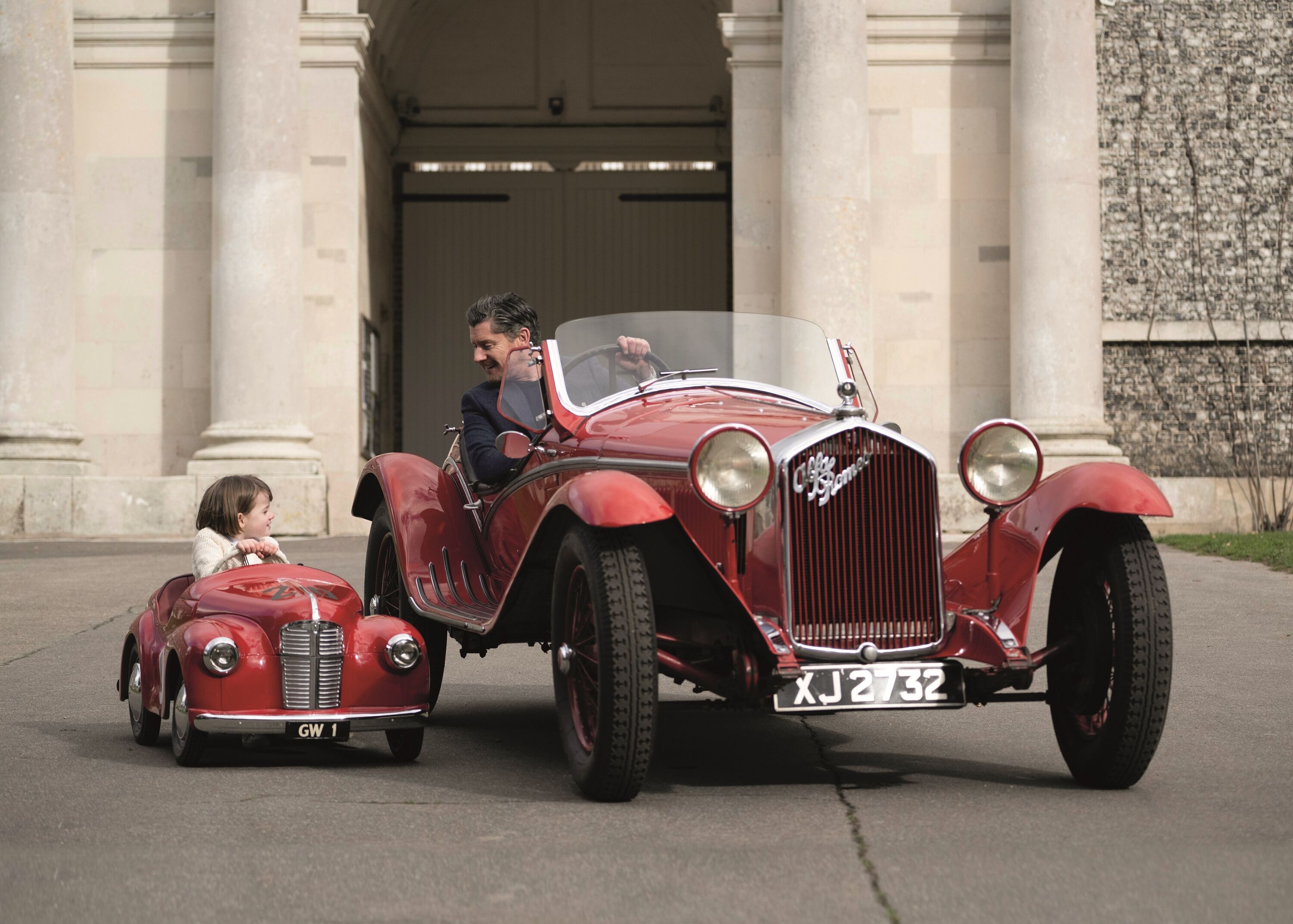First Drive: Kia Stonic
Based on this year's Rio, a perfectly acceptable, if profoundly unexceptional supermini, the Stonic is Kia's entry into the burgeoning mini-SUV market, sales of which are set to double in the next two years so that by 2020, they'll occupy 10 per cent of the entire European new-car market with estimated sales of 2.2 million a year.

Blimey. Did we really order this lemming-rush of small, jacked-up superminis of dubious off-road ability? You'll be unlikely to get answers to these and other questions from salesmen and you'll need to have the low-down to make an informed decision on which one to buy if you are tempted.
So Stonic gets a solid head start in the consumer confidence as it offers Kia's seven-year, 100,000-mile warranty, which a lot of buyers value strongly. It goes on sale in October at prices between £16,295 and £20,495. The new design is grown up, but entirely forgettable and you'll need to buy it in a wacky colour or you'll lose it in the car park. It rides 70mm higher than the Rio, which isn't actually that high and Transit and Range Rover drivers will be looking disdainfully down into the Stonic's cabin. It's built in Korea and seems well put together with a stiff bodyshell, soft closing doors, consistent and narrow panel gaps.
Inside the cabin is equally nicely fitted, though not all the materials choices are the last word in quality. Fixtures, switches and handles are well made and look robust, but it's not the last word in attractiveness and looks a bit boring. We love the fact it's got a proper handbrake, but there's only one USB charging slot in the front. The seven-inch touch screen is simple to use, retains dials for the radio volume and zoom in/out, and has standard Android Auto and Apple Car Play. Rear seats are large and comfy, and there's plenty of leg room, though the roofline eats into headroom for taller adults. At 352 litres, the boot is shallow, but wide. The front seats aren't the last word in comfort either, with strange shaped seat backs and the steering wheel is overcrowded with buttons.
Two trim versions and three different engines are offered: a 98bhp 1.4-litre four-cylinder petrol five-speed, a 118bhp one-litre turbo petrol three-pot six-speed, and a 108bhp 1.6-litre turbodiesel six speed. All models are front-wheel drive and there's no optional poor-terrain software as offered by PSA Peugeot Citroën and Fiat. It does, however, get a quite sophisticated torque vectoring and braking control to stabilise the car and pull the front wheels round corners. After the initial batch of 2,500 cars, the Stonic will also be available with a £350 package of driving assist features including camera and radar-based automatic braking with pedestrian recognition, blind-spot collision warning, and lane-departure warning and assistance.
The three-cylinder turbo will be the best seller in the UK, it's the same unit as that in the Rio and uses a deliberately unbalanced flywheel and crank damper to reduce the vibration inherent in this engine configuration. It's only partially successful, with a couple of distinct periods in the rev range where the engine is noisy and vibrates strongly. It's powerful and willing, but slow to react to the throttle which means you have to be deliberate with the notchy six-speed gear lever. There's also the problem of all these little three-pot turbos in that they don't meet their published economy when you drive briskly. We got an average of 28.6mpg against a European Combined economy of 56.5mpg. The diesel is heavier, more ponderous and doesn't ride or handle as well, but over a similar route at a similar pace, it delivered 62.8mpg against an EU Combined figure of 67.3mpg, which means if you are driving more than 10,000 miles a year you should at least consider it.
The ride quality isn't bad and over long bumps and through smooth corners, there's good damping control, limited body roll and a confidence inspiring feeling at the wheel. The steering isn't the last word in feedback, but it feels moderately precise and well weighted. What lets Stonic down is a gritty and harsh ride over small bumps and sharp-edged holes, where the tyres crunch into the edges. There's also a peculiar self-centring from the electrically-assisted steering on heavily cambered roads where it feels as though the software is taking over.
It's not an unpleasant little car and if you need to seat four over short and medium distances, Stonic will do the job, but there's nothing particularly special about it. The driving position isn't particularly high and you end up thinking: 'So What?'. Especially as it looks as though prices will be a lot more than the Rio on which it is based. I've a funny feeling we're going to be saying the same about an awful lot of the Stonic's rivals in the next few months.
KIA
Stonic













